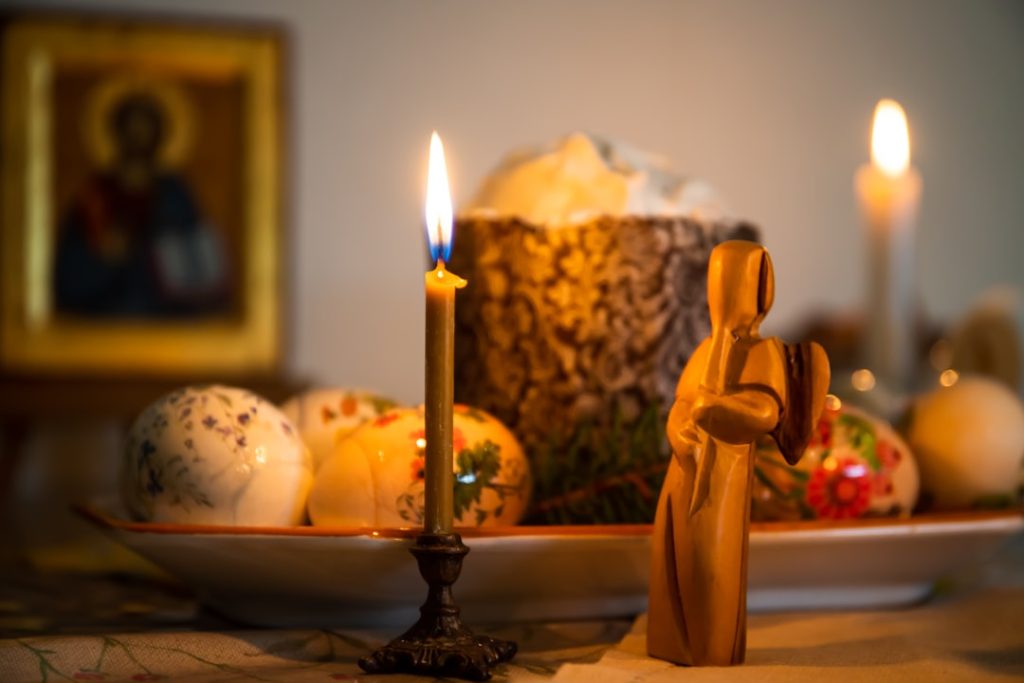Maintaining the appropriate temperature is essential for the health and well-being of baby chickens. These young birds are highly sensitive to temperature fluctuations and require a warm, stable environment to thrive. Temperature plays a crucial role in their growth, development, and overall comfort.
Baby chickens lack the ability to effectively regulate their body temperature, making them dependent on their environment for warmth. Exposure to cold temperatures can lead to hypothermia, potentially resulting in illness or death. Conversely, excessive heat can cause heat stress, dehydration, and other heat-related problems.
The correct temperature is also vital for proper digestion, nutrient absorption, and healthy growth rates in baby chickens. It significantly influences feather development, which is crucial for temperature regulation as they mature. Inadequate temperature control may result in stunted growth, poor feather development, and other developmental issues.
Given the critical nature of temperature in baby chicken care, it is imperative to carefully monitor and maintain appropriate levels to ensure their comfort and well-being. This attention to temperature control helps ensure that baby chickens develop into healthy, robust adult birds.
Table of Contents
- 1 Ideal Temperature for Baby Chickens
- 2 Monitoring and Adjusting Temperature
- 3 Potential Risks of Incorrect Temperature
- 4 Tips for Keeping Baby Chickens Warm
- 5 Common Mistakes to Avoid
- 6 Ensuring the Comfort and Health of Baby Chickens
- 7 FAQs
- 7.1 What temperature should baby chickens be kept at?
- 7.2 How can I maintain the right temperature for baby chickens?
- 7.3 What are the signs of baby chickens being too cold or too hot?
- 7.4 Can baby chickens regulate their own body temperature?
- 7.5 At what age can baby chickens be kept without supplemental heat?
Key Takeaways
- Temperature is crucial for the health and development of baby chickens
- The ideal temperature for baby chickens is around 95-100°F for the first week, decreasing by 5°F each week
- It is important to monitor and adjust the temperature regularly to ensure the comfort of the baby chickens
- Incorrect temperature can lead to health issues and even death in baby chickens
- Tips for keeping baby chickens warm include using heat lamps, providing draft-free housing, and using bedding materials
- Common mistakes to avoid include overcrowding, sudden temperature changes, and inadequate ventilation
- Ensuring the comfort and health of baby chickens is essential for their overall well-being
Ideal Temperature for Baby Chickens
Temperature Requirements for Newborn Chicks
During the first week of their life, baby chickens require a temperature of around 95°F (35°C). This high temperature is necessary to mimic the warmth of a mother hen and provide the chicks with the heat they need to survive.
Gradually Reducing the Temperature
As they grow older, the temperature can be gradually reduced by 5°F (2-3°C) each week until it reaches the ambient temperature. By the time they are 6 weeks old, baby chickens can generally tolerate temperatures similar to those of adult chickens, which is around 70-75°F (21-24°C). It is important to note that these are general guidelines, and the ideal temperature may vary depending on the breed of the chickens and the climate in which they are raised.
Providing a Warm and Cool Area
In addition to the ambient temperature, it is also important to provide a warm area for baby chickens to retreat to if they feel cold. This can be achieved by using heat lamps or heating pads in their brooder area. The warm area should be large enough to accommodate all the chicks and should be easily accessible to them. It is also important to provide a cooler area within the brooder so that the chicks can move away from the heat source if they become too warm.
Monitoring and Adjusting Temperature

Monitoring and adjusting the temperature is essential for ensuring the comfort and health of baby chickens. It is important to use a reliable thermometer to measure the temperature in the brooder area regularly. This will help you to ensure that the temperature remains within the ideal range for the age of the chicks.
If you notice that the temperature is too high or too low, it is important to take immediate action to adjust it. This can be done by raising or lowering the heat lamp or adjusting the thermostat on a heating pad. In addition to monitoring the ambient temperature, it is also important to observe the behavior of the baby chickens.
If they are huddled together under the heat source, they may be too cold, and if they are panting or moving away from the heat source, they may be too hot. By paying attention to their behavior, you can make adjustments to the temperature as needed to ensure their comfort. It is also important to consider external factors that may affect the temperature in the brooder area, such as changes in weather or drafts.
By staying vigilant and making regular adjustments, you can ensure that baby chickens are kept at the ideal temperature for their age and breed.
Potential Risks of Incorrect Temperature
Incorrect temperature can pose several risks to baby chickens. If the temperature is too cold, they can suffer from hypothermia, which can lead to illness or even death. Cold temperatures can also slow down their growth and development, leading to stunted growth and poor feather development.
On the other hand, if the temperature is too hot, they can suffer from heat stress, dehydration, and other heat-related issues. High temperatures can also lead to reduced feed intake and poor growth rates. In both cases, incorrect temperature control can have serious consequences for the health and well-being of baby chickens.
Furthermore, incorrect temperature control can also lead to behavioral issues in baby chickens. If they are too cold or too hot, they may become stressed, agitated, or lethargic. This can affect their social interactions, feeding behavior, and overall well-being.
In extreme cases, it can even lead to cannibalism or other harmful behaviors. Therefore, it is important to maintain the right temperature to ensure that baby chickens are comfortable and healthy. By being aware of the potential risks of incorrect temperature control, you can take proactive measures to monitor and adjust the temperature as needed to prevent any negative consequences for the chicks.
Tips for Keeping Baby Chickens Warm
There are several tips for keeping baby chickens warm and comfortable. Firstly, it is important to provide a draft-free environment for them to prevent heat loss. This can be achieved by using a brooder with solid walls and a secure lid to keep out drafts.
It is also important to insulate the brooder with materials such as straw or wood shavings to retain heat. Additionally, providing a heat source such as a heat lamp or heating pad will help to maintain a warm environment for the chicks. Another tip is to provide a warm area within the brooder where the chicks can retreat if they feel cold.
This can be achieved by using a heat lamp or heating pad in one area of the brooder. It is important to ensure that this warm area is large enough for all the chicks and easily accessible to them. Additionally, providing a cooler area within the brooder will allow the chicks to move away from the heat source if they become too warm.
It is also important to monitor the temperature regularly and make adjustments as needed. Using a reliable thermometer will help you to ensure that the temperature remains within the ideal range for the age of the chicks. By paying attention to their behavior and making regular adjustments, you can ensure that baby chickens are kept at the right temperature for their comfort and well-being.
Common Mistakes to Avoid

Inadequate Heat Source
One common mistake is using an inadequate heat source or providing insufficient warmth for the chicks. This can lead to cold stress and other health issues for the chicks. It is essential to use a reliable heat source, such as a heat lamp or heating pad, and ensure it provides enough warmth for all the chicks in the brooder.
Excessive Warmth
Another common mistake is providing too much warmth for the chicks as they grow older. As mentioned earlier, it is crucial to gradually reduce the temperature as they grow older to mimic natural conditions. Providing excessive warmth can lead to heat stress and other heat-related issues for the chicks.
Sudden Temperature Changes and Overcrowding
It is also important to avoid sudden changes in temperature, as this can stress the chicks and affect their health and well-being. Gradual adjustments should be made as they grow older to help them acclimate to changing temperatures. Additionally, overcrowding in the brooder should be avoided, as this can lead to excessive body heat and poor air circulation. Overcrowding can also lead to competition for food and water, which can affect the health and well-being of the chicks.
Ensuring the Comfort and Health of Baby Chickens
In conclusion, maintaining the right temperature is crucial for ensuring the comfort and health of baby chickens. The ideal temperature varies depending on their age and breed, so it is important to monitor and adjust it regularly. Providing a warm environment with a reliable heat source and a cool area for them to retreat will help them thrive and grow into healthy adult birds.
By being aware of potential risks and common mistakes, you can take proactive measures to keep baby chickens warm without any negative consequences. Overall, ensuring that baby chickens are kept at the right temperature will help them grow into healthy and strong adult birds while minimizing any potential health issues along the way.
If you’re considering raising baby chickens, you may also be interested in learning about the incubation period for goose eggs. Understanding the process of hatching and caring for goslings can provide valuable insights into the care of young poultry. Check out this article on what is the incubation period for goose eggs to expand your knowledge of poultry breeding.
FAQs
What temperature should baby chickens be kept at?
Baby chickens should be kept at a temperature of around 95°F (35°C) for the first week of their life. The temperature can then be reduced by 5°F (2.8°C) each week until they are fully feathered, usually around 6 weeks of age.
How can I maintain the right temperature for baby chickens?
You can maintain the right temperature for baby chickens by using a heat lamp or a brooder. Make sure to monitor the temperature regularly and adjust the heat source as needed to keep the chicks comfortable.
What are the signs of baby chickens being too cold or too hot?
Signs of baby chickens being too cold include huddling together, chirping loudly, and being lethargic. Signs of baby chickens being too hot include panting, spreading their wings, and trying to move away from the heat source.
Can baby chickens regulate their own body temperature?
Baby chickens are not able to regulate their own body temperature effectively, so it is important to provide them with a suitable heat source to keep them warm.
At what age can baby chickens be kept without supplemental heat?
Baby chickens can usually be kept without supplemental heat once they are fully feathered, which is typically around 6 weeks of age. However, this can vary depending on the breed and the ambient temperature of the environment.
Meet Walter, the feathered-friend fanatic of Florida! Nestled in the sunshine state, Walter struts through life with his feathered companions, clucking his way to happiness. With a coop that’s fancier than a five-star hotel, he’s the Don Juan of the chicken world. When he’s not teaching his hens to do the cha-cha, you’ll find him in a heated debate with his prized rooster, Sir Clucks-a-Lot. Walter’s poultry passion is no yolk; he’s the sunny-side-up guy you never knew you needed in your flock of friends!







